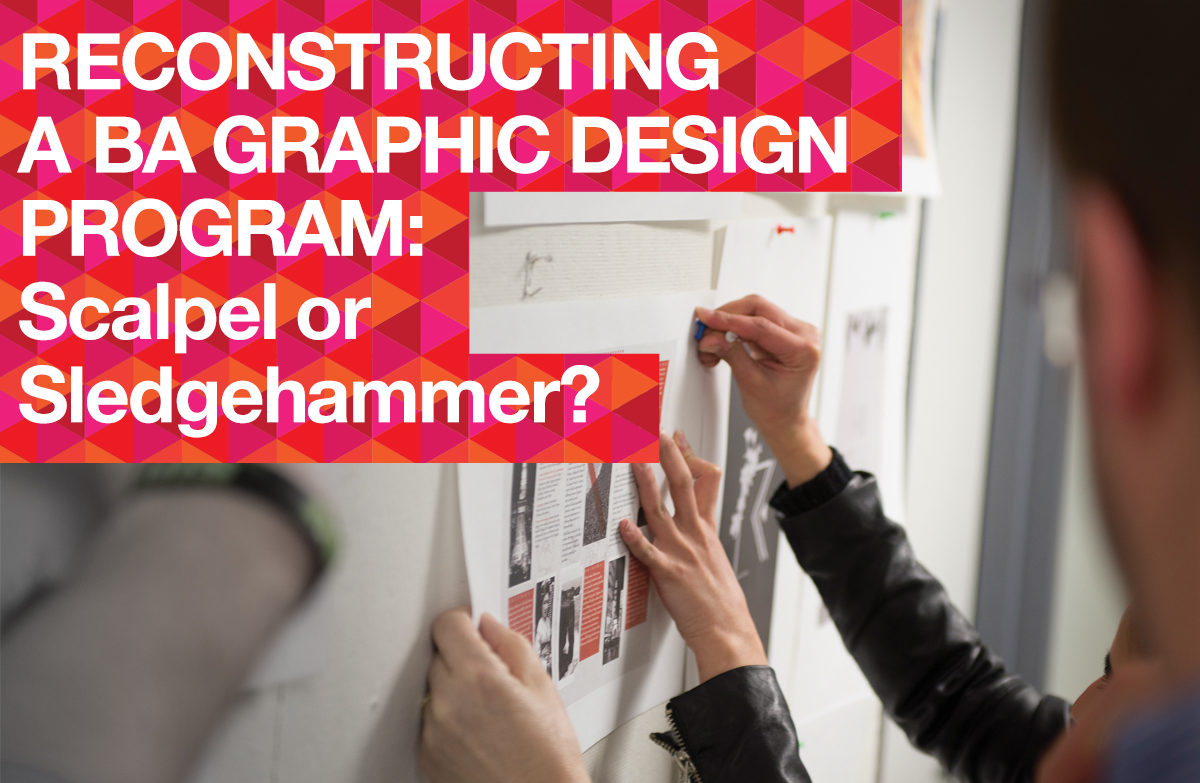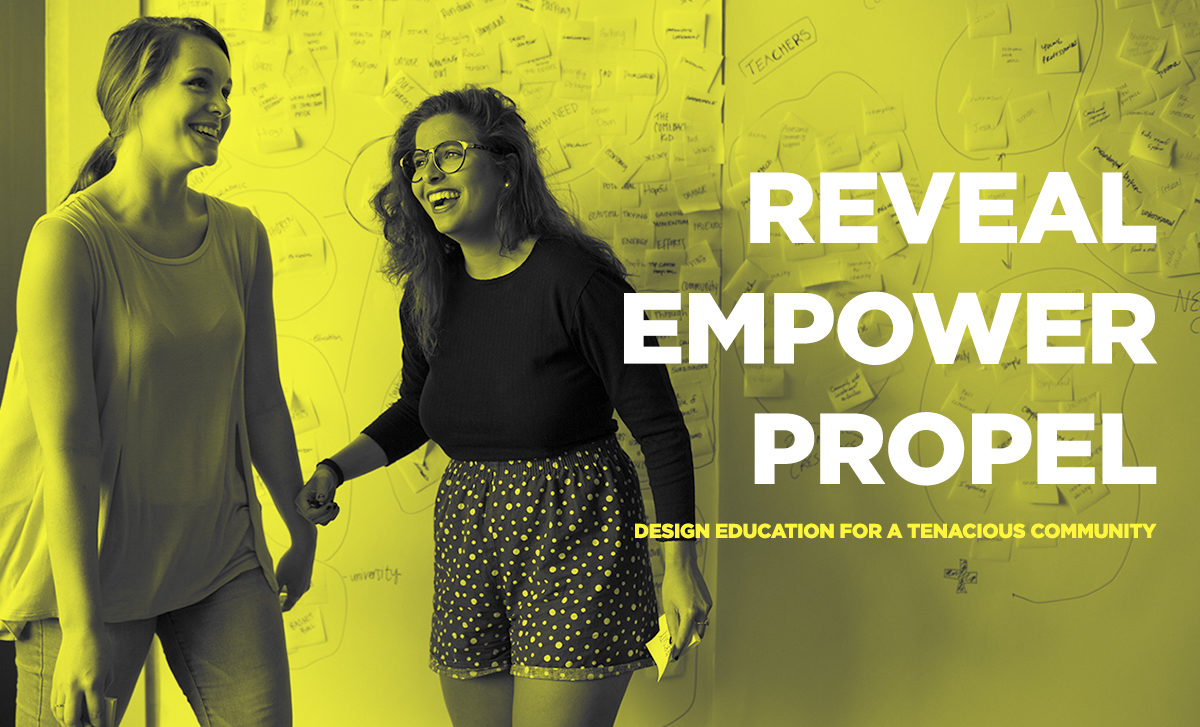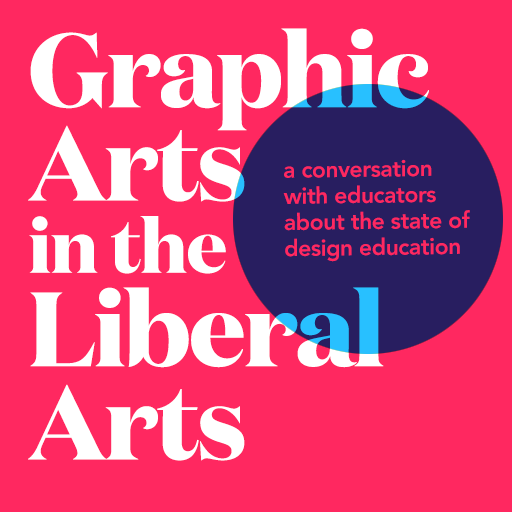Design Incubation is going to the Bay Area! We are excited to announce our first trip to Silicon Valley, and we hope that the West Coast will be regular destination for discussions in design thinking and collaboration in academic design research and scholarship.
Hosted by John Delacruz
Design Incubation Colloquium 4.1 (#DI2017sep2) will be held at San Jose State University. This event is open to all interested in Communication Design research.
Saturday, September 30, 2017
Time: 10:30–4:30
Dwight Bentel Hall 117
School of Journalism and Mass Communications
One Washington Square
San Jose, CA 95192-0000
Abstract submission for presentations deadline August 5, 2017. For details visit the Call for Submissions, and Submission Process description.
Agenda
10:30-12:30 Morning Presentations
Featured Presentation
Reading Design: An Introduction to Critical Theory
Dave Peacock
Associate Creative Director, LiveAreaLabs
Faculty, Vermont College of Fine Arts
Presentations
Lines
Tina Korani
Assistant Professor of Media Design
School of Journalism and Mass Communications
San Jose State University
Racism Untaught
John O’Neill
Assistant Professor of Graphic Design
University of Minnesota Duluth
The 45th City: Visualizing and Experiencing Fake News
Jonathan Hanahan
Assistant Professor, Communication Design
Sam Fox School of Design & Visual Arts
Washington University in St. Louis
Safe Niños: A Co-Creation Case Study
Susannah Ramshaw
Associate Director
Designmatters
ArtCenter College of Design
Agents of Change: Inspiring the Next Generation of Art Directors
James Wojtowicz
Associate Director of Art Direction and Industry Development
School of Advertising
Academy of Art University
San Francisco, California
Moderated Discussion
12:30–1:45 Lunch provided, courtesy of host.
1:45–4:30 Afternoon Presentations
When the Process is the Product: Pollock, Gehry and the Illusion of Randomness
Craig Konyk AIA
Assistant Professor
School of Public Architecture
Michael Graves College
Kean University
Beyond the Page: InDesign for Rapid UI/UX Prototyping
Dave Gottwald
Assistant Professor
Art + Design
College Of Art And Architecture
University Of Idaho
Basic Web Design as Foundation of Publication Design
Bruno Ribeiro
Assistant Professor of Graphic Design
Department of Art and Design
California Polytechnic State University
Be Good To Me: How Advertising Students Made San Jose Think Twice About Illegal Dumping
John Delacruz
Professor of Advertising
School of Journalism and Mass Communications
San Jose State University
Designfulness: Teaching Designers To Mindfully Create A Sustainable Future
Rachel Beth Egenhoefer
Chair, Department of Art + Architecture
Program Director & Associate Professor, Design
University of San Francisco
Teaching Sea Changes
Andrea English
Lecturer
Department Of Design
San José State University
Moderated Discussion
New Design Incubation Initiatives: Design Survey and Ask the Editor








 Hosted by Type Directors Club
Hosted by Type Directors Club